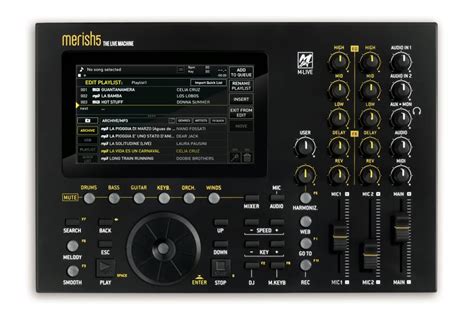midifiler
 ## MIDI: Musics Universal Language
MIDI (Musical Instrument Digital Interface) is a digital protocol that allows musical instruments, computers, and other electronic devices to communicate with each other. It was developed in the early 1980s by a group of manufacturers including Yamaha, Korg, and Roland, and has since become the standard for electronic music production.
## MIDI: Musics Universal Language
MIDI (Musical Instrument Digital Interface) is a digital protocol that allows musical instruments, computers, and other electronic devices to communicate with each other. It was developed in the early 1980s by a group of manufacturers including Yamaha, Korg, and Roland, and has since become the standard for electronic music production.
How MIDI Works
MIDI does not transmit actual audio data; instead, it sends messages that tell other devices what notes to play, when to play them, and how long to hold them. This allows for a great deal of flexibility and control over the creation and performance of music.
MIDI messages are sent over a 5-pin DIN connector, which is commonly found on electronic keyboards, synthesizers, and other MIDI devices. The messages are transmitted in real time, meaning that they can be used to control live performances.
Benefits of Using MIDI
There are many benefits to using MIDI, including:
* **Flexibility:** MIDI allows you to control multiple instruments from a single device, and to create complex arrangements that would be difficult or impossible to perform live.
* **Controllability:** MIDI messages can be used to control every aspect of a notes performance, including pitch, velocity, duration, and effects.
* **Portability:** MIDI files are small and easy to transport, making it easy to share music with others.
* **Compatibility:** MIDI is a universal standard, meaning that any MIDI device can communicate with any other MIDI device.
Uses of MIDI
MIDI is used in a wide variety of applications, including:
* **Music production:** MIDI is the primary tool for creating and producing electronic music. It is used to control synthesizers, drum machines, and other electronic instruments.
* **Live performance:** MIDI can be used to control live performances, allowing musicians to trigger loops, play backing tracks, and control effects.
* **Education:** MIDI is a valuable tool for teaching music theory and composition. It allows students to experiment with different instruments and sounds, and to create their own music.
MIDI in the Future
MIDI is a constantly evolving technology, and new developments are emerging all the time. Some of the most recent developments include:
* **Wireless MIDI:** Wireless MIDI allows MIDI devices to communicate with each other without the need for cables. This makes it easier to set up and use MIDI systems, and opens up new possibilities for live performance.
* **Virtual MIDI:** Virtual MIDI allows MIDI devices to communicate with each other over a computer network. This makes it possible to create and share MIDI setups that are not limited by physical connections.
* **MIDI 2.0:** MIDI 2.0 is the next generation of MIDI, and it offers a number of new features and improvements. These include support for higher bandwidth, more expressive controllers, and new message types.
Conclusion
MIDI is a powerful and versatile technology that has revolutionized the way music is created and performed. It is a universal language that allows musicians of all levels to communicate with each other and to create amazing music.
